Why Shock Mitigation
Why shock mitigation
You wouldn’t drive your car on the road without suspension – and waves are even harder on your back than a bumpy road!
How many G is dangerous?
How much impact can a/my body take without risking injuries or having permanent problems?
What is acceptable?
The answer is simple: It differs (a lot) between individuals.
A good rule is that anything that hurts is potentially dangerous.
Pain will usually be the first indicator of an injury.
It is wise not to accept travelling in a way that you experience severe discomfort or pain, regardless of whether this appears at 5G or 10G impacts.
This will depend on your body’s physical condition and resistance – and possible, already existing, back-, neck- or knee problems.

Injuries can occur regardless of wave direction, and the risk is always proportional to the level of energy in the slam. The faster the boat moves – the higher energy level in the impact.
Small waves, but too fast: https://www.youtube.com/watch?v=EYX1rIe3SaQ
Pain is the best indicator of impending injury.
If it hurts – don’t do it!
If the slamming is really uncomfortable, it will, very soon or over time, wear down structures in your body that you want to keep intact for the future, like spine discs and knee cartilages.
To the more acute consequences that can occur on an individual level – with no possibility to point out at what G-force it can happen – is the risk for head jolts, which can cause whiplash-like distortion injuries and disk herniations in the neck.
Also the risk for lumbar disk herniations and vertebral fractures are significantly greater in a fixed seat. Especially if sitting with the back in a non-supported, slouching C-shape position.
ICI, or Impact Count Index, is a straightforward way to measure impacts, counting them and recording what is measured – how high the impacts were and how many: the real impact exposure.
The ICI method is easy to understand and to use in studies.
As a measuring method, it is the most adequate for this kind of impact exposure.
However No; Regardless of how precise an impact can be measured – there are no scientific data linking any of these different impact values to definable injury risks on a general level. Physical injuries can occur in any situation where enough forces are involved and only how the boat is driven can affect that.
What studies do have shown, is that repeated impact exposure at various levels correlates well with physical fatigue – which in turn increases the risk of injury.
Fatigue
When muscles react to movements and impact, they automatically contract – to serve as the body’s gyro and shock absorbers – and to stabilise the spine and joints.
Muscle contractions consume energy, is the same as exercise – and makes the body tired.
Travelling on boats is therefore physically exhausting. Energy consumption makes you tired and affects physical, cognitive and psychomotor performance.
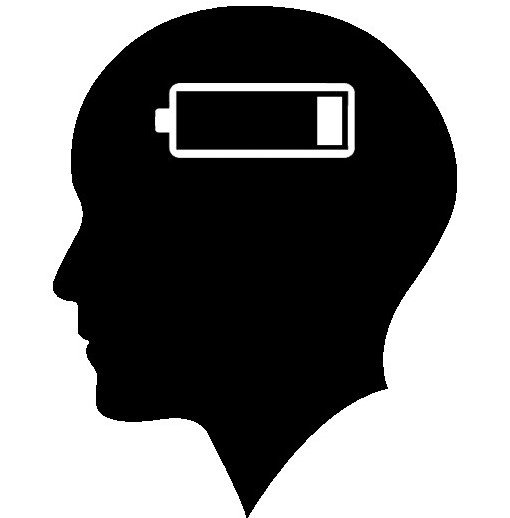
Keeping the helmsperson more awake and alert in a situation where reaction time and judgement could be of vital difference for all on board – knowing the irregular and unpredictable nature of impacts from waves – is therefore of importance.
The result of a ”one–off’’ or unusual wave can even be lethal to a fatigued body and mind.
EU Directive 2002/44/EC – that sounds serious!?
Does the EU directive apply?
Yes – it is the law in all EU countries, practised as guidelines in many other countries, and applies to boats being operated professionally.
The EU directive does NOT apply to privately owned and used leisure boats.
It defines the maximum level of exposure you are allowed to subject employees or commercial passengers to.Mainly WBV (Whole Body Vibration), measured over a longer time. Not specific or single impacts.
These limit values are also so strict that they are normally exceeded within minutes in a 7–10 m powerboat doing 35 knots in 0.7m waves.
So, when someone claims that, with this or that boat, or this or that seat, you will comply with the EU directive, it is simply not true!
It will only be true if you don’t leave the dock on a windy day.
Since values are so strict and no-one can actually comply with them, it is even mentioned in the Directives that professional employers “shall do their best to minimize values” (WBV) for their employees and commercial passengers.
Meaning; get the best shock mitigation seat bases money can buy..
That’s the reason to why the marine shock mitigation industry focuses on commercial crafts and users.
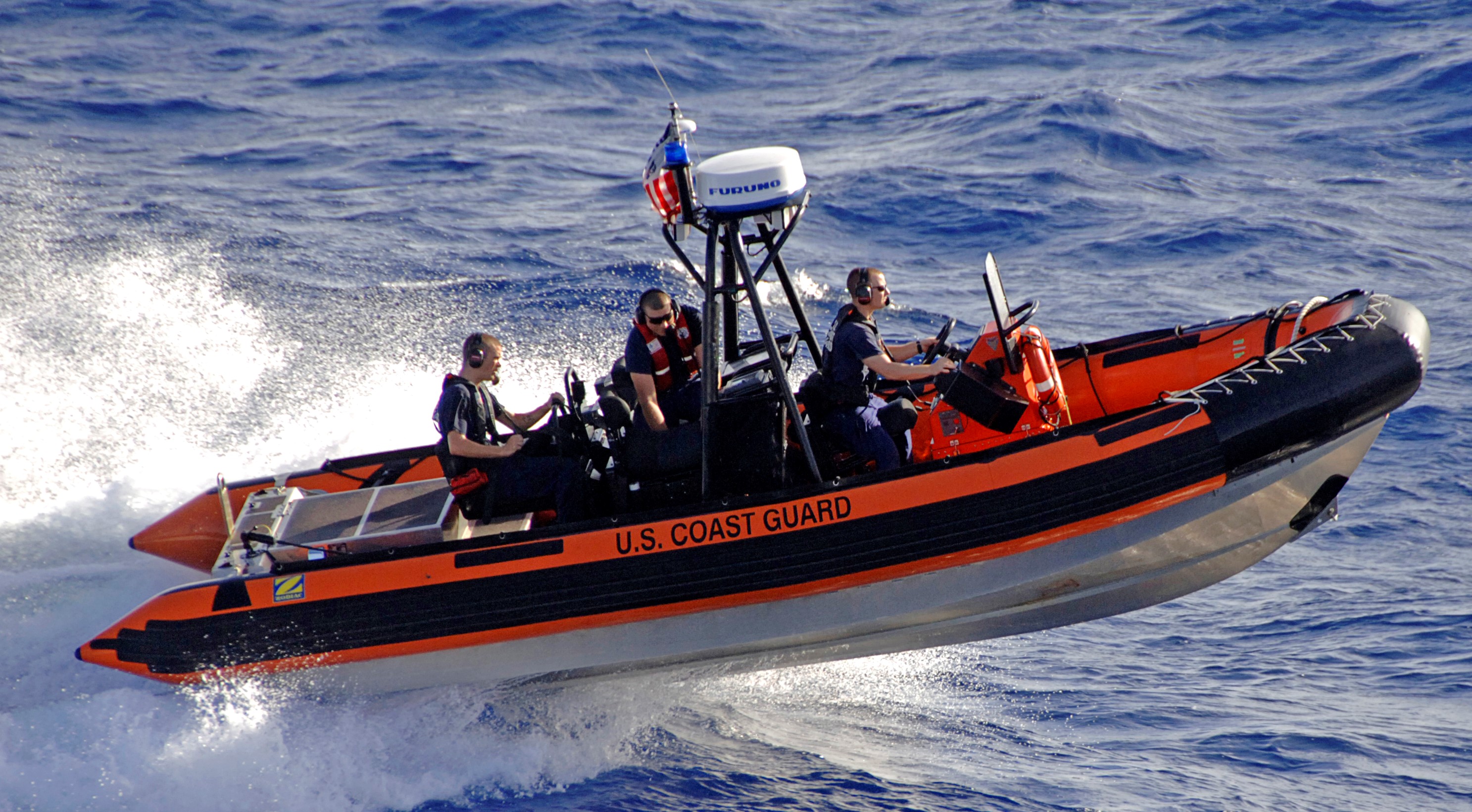
Hull shape matters a lot too

In lakes, rivers and other locations where waves are usually not that rough, but the boaters prefer stability and shallow depth – a flatter bottom hull is preferred. It can also travel with ease on flat waters as the friction on the surface is very low.
Bringing such flat-bottomed boat out to the sea, or going fast where there are waves, is indeed un-wise and can have severe consequences; flooding, extreme slamming, and/or tilting of the whole boat.
A V-shaped hull – though un-stable standing still and in very slow speeds – will cut the same waves with ease and develop a lot less impacts and G-forces when going head-on challenging sea.
Any seat suspension must be better than nothing, right!?
Adding a spring and/or damper to a boat seat, platform or deck does not necessarily make it safer. Rather the opposite!
Too little rebound force (or just a spring effect!) will recoil too fast and can bounce you out of the seat.
The driver seat should NOT be bouncing, or moving at all, when the boat passes small waves and softer sea and mitigation is not needed, as a moving seat affects the ability to feel and maneuver the boat in a safe way.
It is therefore important to adjust the pre-load on the seat suspension so that it matches the occupant’s weight.
Some “shock mitigation seats” on the market have the tendency to “bottom out” and significantly amplify major impacts.
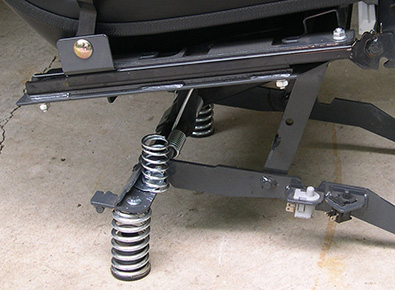
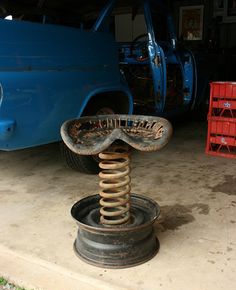
“Bottom out”
With poor or wrong weight resistance, considering the seat occupant’s weight, there is a risk that the suspension “bottoms out” if hit hard by a wave.
This phenomenon happens when the spring tension and damping force is too soft to absorb the weight and acceleration of a passenger when the boat hull is exposed to an impact. The impact is amplified when the descending force of the passenger meets the ascending force of the seat base, increasing the magnitude of the force – much more than if the passenger would be sitting in a rigid seat.
Posture
Posture is important for good control of the boat and for withstanding impact exposure.
A slouching, C-shaped spine is more vulnerable than a balanced S-shaped spine.
This is particularly important to consider if often driving at high speeds.
Then, a jockey seat or a special High Speed Craft seat installation is preferred – ergonomically designed to encourage a sitting position with an S-shaped spine.
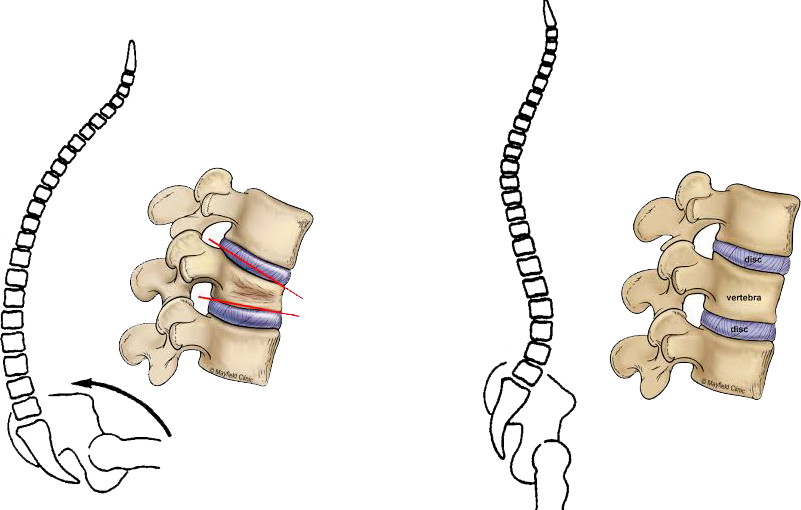
This applies particularly in higher speeds and/or going through rough waves.
Feet on deck or on fixed footrests allow legs to absorb energy under impact and provide tactile feedback and balance input to the brain – for locating the body position through it’s natural gyro and balance/prepare it for the next move, and so that the driver feels what the boat is doing.
Despite the logic in that the legs are natural, strong shock absorbers and thus being able to work better as suspension than a rigid seat; Standing can produce impacts on the spine three times higher than those on the hull, due to the unpredictable and irregular impacts and the body incidentally “bottoming out” with straight legs, as per above.
Especially when fatigue, which will occur very soon in a bouncing boat.
Height Adjustment and Foot Support
The position for a good eye level and consistent sight line, which is unique for each boat model, is usually known by the boat producer.
Seated eye height varies very little between tall and short people.
Differences in body height are mainly in the length of the legs, not torsos.
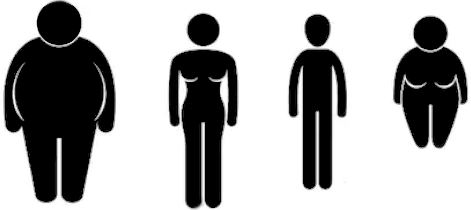
It is easy to find one optimal seat height to allow good comfort for a wide range of body heights.
Only exceptional body types will fall outside this norm.

That is why the absolute majority of all car manufacturers have their seats adjustable for leg-length, but very few for seat height.
Compare also with seats in buses, aeroplanes, cinemas, around the kitchen table, etc.
The important need for a good foot support is simply achieved by varying degrees of knee flex: tall people sit with their knees bent more, and short people with their legs straighter.
Regardless of the person’s height or leg-length, the nerve reflexes in the legs – from a good foot support – will send signals and trigger the muscles along the spine, and stabilize and protect it from the impact.
The Rule: Foot support should always be firm while boat is moving.
Feet should not be hanging. Knees should not be straight.
© SCANDINAVIAN SEAT SUSPENSION SYSTEMS.
All Rights Reserved.
Designed by webneeder.com
